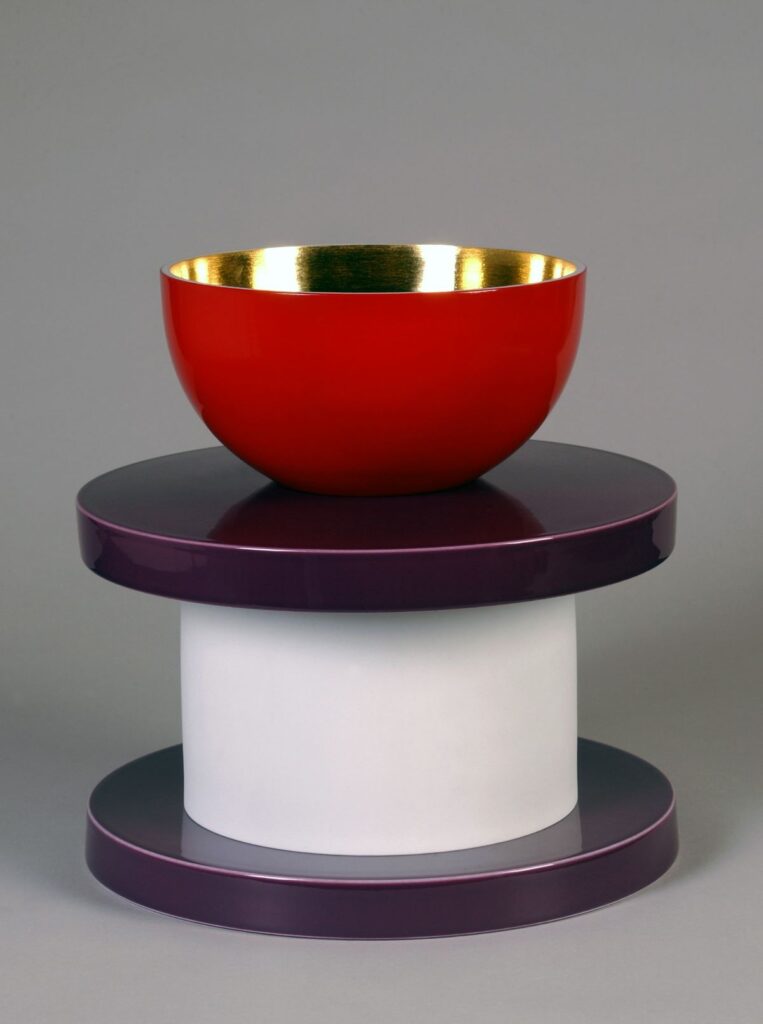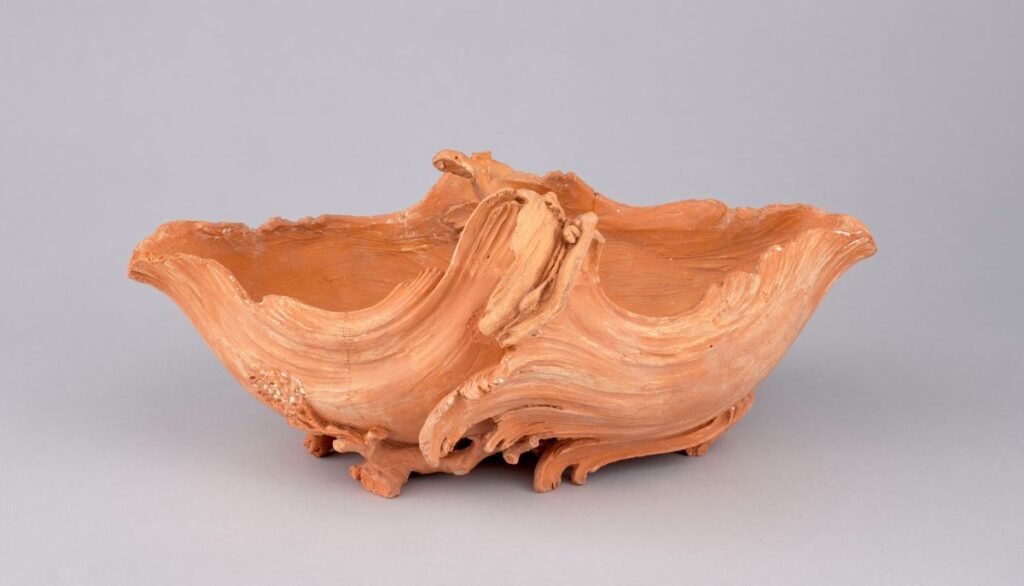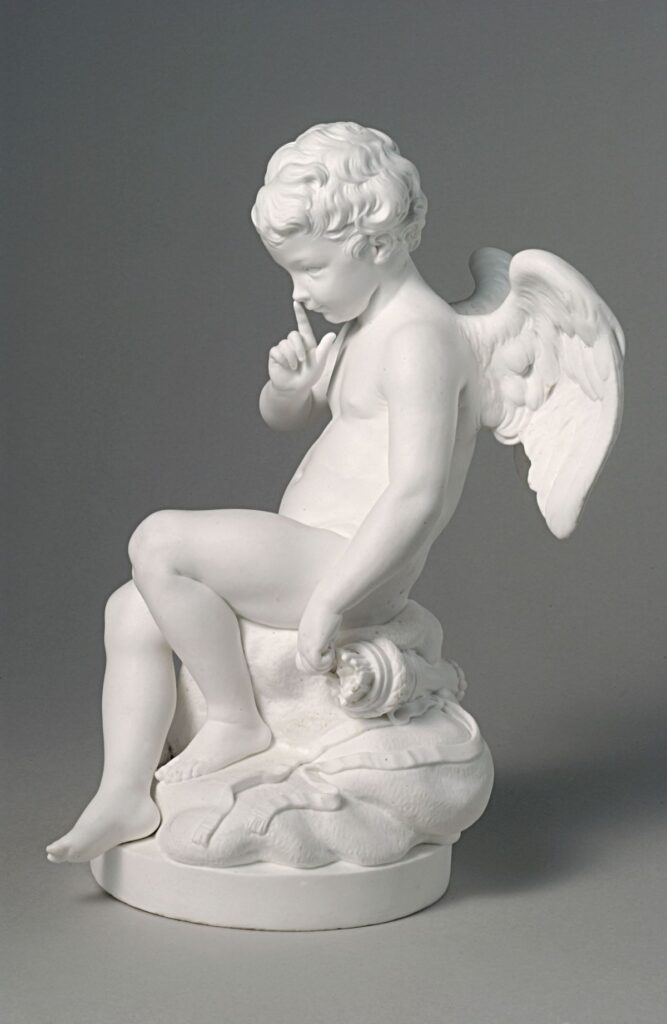Dinner services and tea services, cachepots and candlesticks—these are the objects that come most quickly to mind when the word Sèvres is mentioned. Less often do we think about sculpture, even though it has been part of the manufactory’s production virtually from the beginning, with works reflecting all the major artistic styles from then until now, often created by the most innovative artists, designers, and architects of their day. A new collaboration—that is, an exhibition and expansive catalogue—between the Bard Graduate Center in New York and Sèvres et Limoges, Manufacture et Musées nationaux in France promises to reveal the extraordinary dimensions of this aspect of the factory’s history. An all-star team of scholars, chief among them Tamara Préaud, long the chief archivist at Sèvres, have brought together nearly two hundred objects drawn from the archives, many never seen outside France. We asked Préaud and co-curators Susan Weber at Bard and independent curator Charlotte Vignon to each choose a favorite piece to give readers a hint at the treasures to be on view in Sèvres Extraordinaire! Sculpture from 1740 until Today when it opens at the Bard Center on September 21.

The striking Vase Diane is the result of a partnership between Sèvres and Italian architect and designer Ettore Sottsass, who, in the mid-1990s, devised a series of fourteen vases inspired by famous women. The Vase Diane takes its name from the Renaissance noblewoman Diane de Poitiers, celebrated for the influence she wielded over French art and politics during the reign of Henry II in the mid-1500s. But while its inspiration may be historical, the Vase Diane feels distinctly contemporary. Here, Sottsass has transformed the traditional materials of Sèvres into a postmodern confection of bold colors and sharply contrasting shapes and textures.
—Susan Weber

The technique for making a sculpture at the Sèvres Manufactory has not changed since the eighteenth century. Everything starts with a three-dimensional model in clay, like this one. However, only a very few such models dating from the eighteenth century have survived as they were rather fragile and were considered to be working tools and not necessarily preserved. This rare example was created in 1756 by Jean-Claude Duplessis, one of the most imaginative artists of his time. Goldsmith, sculptor, and bronze founder as well as ceramic modeler, Duplessis was responsible for creating many of the most successful models used by Sèvres in its early days. In this example, the sauceboat is in the shape of a wave supported by tiny corals and seashells, typical of the rococo movement fashionable at the time. To have a model created by the very hands of Duplessis is a rare treasure.
—Charlotte Vignon

This figure of Cupid by Étienne-Maurice Falconet was commissioned by Madame de Pompadour, the mistress and friend of Louis XV, for the garden of her Paris house (today the Palais de l’Élysée). The marble original, exhibited to great acclaim in the Salon of 1758, was one of Falconet’s first public successes as a sculptor. At that time, he was head artist in charge of sculpture at Sèvres, and he immediately had the manufactory reproduce the design in porcelain biscuit. Three years later, taking into account the French taste for the neoclassical style, he created a corresponding figure of a seated young girl. Both sculptures immediately became bestsellers and they have remained so all through the years. They were also very soon produced in other materials, mostly bronze and terra-cotta, and included in all sorts of decorative objects, such as clocks and candelabras.
—Tamara Préaud

